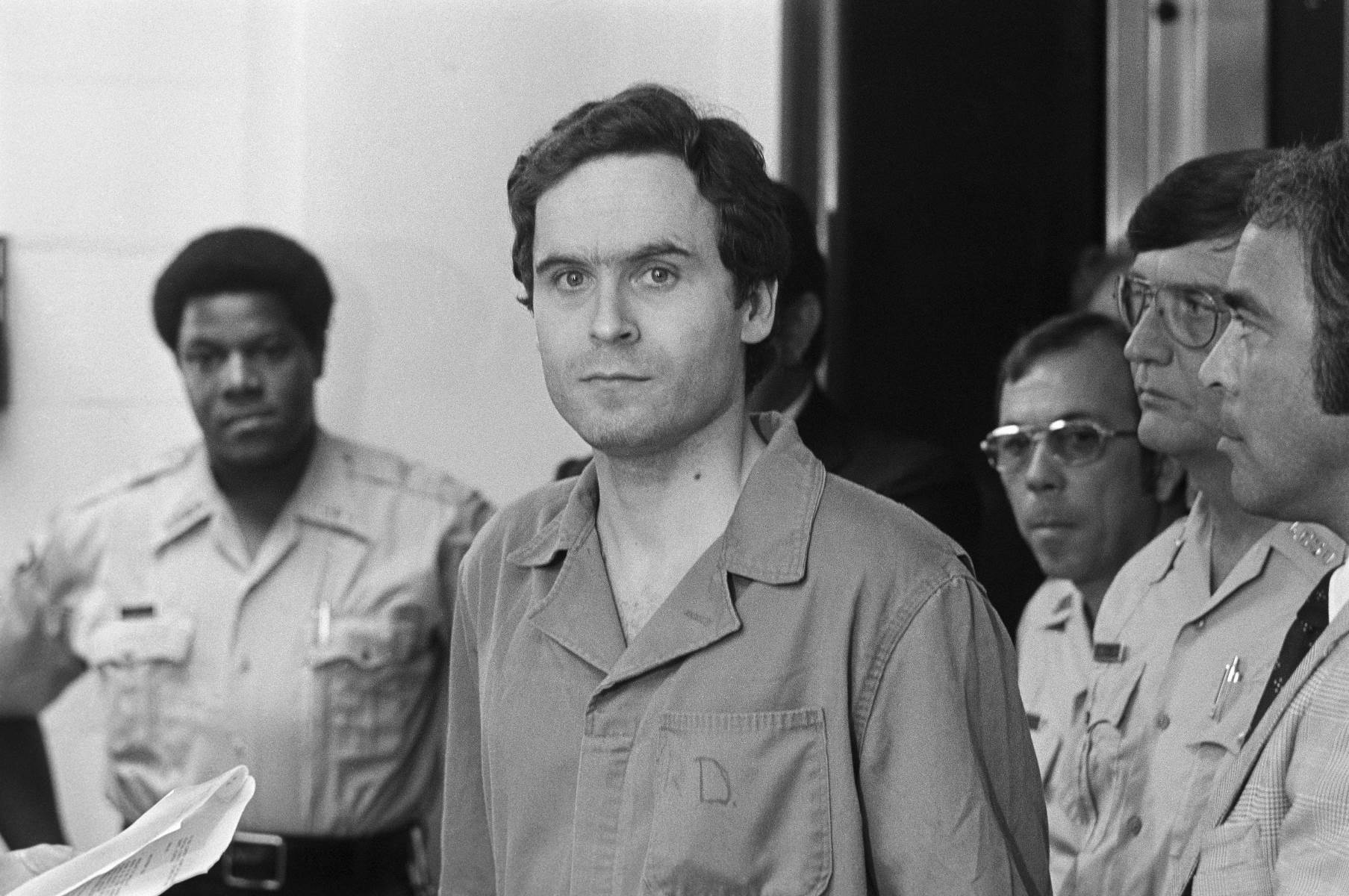
Serial killers often evoke a mix of fear and fascination. But what about those who narrowly escaped their clutches? Close calls with serial killers are stories that chill the spine and make us wonder about fate. These tales reveal the thin line between life and death, showcasing the bravery, luck, or sheer coincidence that saved lives. From hitchhikers who trusted the wrong driver to individuals who sensed danger just in time, these encounters are both terrifying and enlightening. Understanding these near-misses can provide insights into the minds of predators and the instincts that help people survive. Ready to dive into 35 gripping stories of survival? Buckle up.
Key Takeaways:
- Survivors of serial killer close calls showed immense bravery and quick thinking, leading to the capture of notorious killers. Their courage and testimony helped bring justice and closure to countless victims and their families.
- Bystanders also played a crucial role in helping victims escape from the clutches of serial killers. Their quick actions and support were essential in ensuring the safety and survival of those targeted.
Serial Killer Close Calls: The Narrow Escapes
Serial killers often leave a trail of terror, but sometimes their victims manage to escape. These close calls can be as chilling as the crimes themselves. Here are some gripping facts about those narrow escapes.
The Ones Who Got Away
Some victims managed to escape from the clutches of notorious serial killers. Their stories are both harrowing and inspiring.
- Ted Bundy once lured Carol DaRonch into his car by posing as a police officer. She managed to escape by jumping out of the moving vehicle.
- Jeffrey Dahmer had a victim, Tracy Edwards, who escaped and flagged down two police officers. This led to Dahmer's arrest.
- Richard Ramirez, the Night Stalker, had a victim who survived by playing dead until he left.
- David Parker Ray, also known as the Toy-Box Killer, had a victim named Cynthia Vigil who escaped after being held captive for three days.
- Dennis Rader, the BTK Killer, had a victim who managed to escape by jumping out of a window.
Close Calls That Changed Everything
These close calls often led to the capture of the killers, saving countless lives.
- Edmund Kemper once picked up two hitchhikers who managed to escape. This incident made him more cautious, but it also led to his eventual capture.
- Peter Sutcliffe, the Yorkshire Ripper, had a victim who survived and provided a detailed description to the police.
- Gary Ridgway, the Green River Killer, had a victim who escaped and later identified him in a lineup.
- John Wayne Gacy had a victim who escaped and reported him to the police, leading to his arrest.
- Albert Fish had a victim who escaped and alerted the authorities, which eventually led to his capture.
The Role of Luck and Quick Thinking
Sometimes, sheer luck or quick thinking played a crucial role in these escapes.
- Aileen Wuornos had a victim who escaped by convincing her that he wouldn't report her to the police.
- Robert Hansen, the Butcher Baker, had a victim who escaped by running barefoot through the Alaskan wilderness.
- Randy Kraft had a victim who escaped by jumping out of his car at a red light.
- Dean Corll, the Candy Man, had a victim who escaped and led the police to his hideout.
- Herbert Mullin had a victim who escaped by pretending to be dead.
The Impact on Law Enforcement
These escapes often provided crucial evidence that helped law enforcement.
- Andrei Chikatilo, the Rostov Ripper, had a victim who escaped and provided a detailed description to the police.
- Paul Bernardo had a victim who escaped and later testified against him in court.
- Richard Chase, the Vampire of Sacramento, had a victim who escaped and provided crucial evidence to the police.
- Tommy Lynn Sells had a victim who escaped and identified him, leading to his arrest.
- Israel Keyes had a victim who escaped and provided information that helped the FBI track him down.
The Psychological Toll
Surviving a close call with a serial killer can have a lasting psychological impact.
- Rodney Alcala, the Dating Game Killer, had a victim who escaped and later struggled with PTSD.
- Angelo Buono, one of the Hillside Stranglers, had a victim who escaped and lived in fear for years.
- Kenneth Bianchi, the other Hillside Strangler, had a victim who escaped and suffered from anxiety and depression.
- Arthur Shawcross, the Genesee River Killer, had a victim who escaped and dealt with nightmares for years.
- Robert Pickton had a victim who escaped and struggled with substance abuse as a coping mechanism.
The Courage to Testify
Many survivors showed immense courage by testifying against their attackers.
- Ted Bundy's victim, Carol DaRonch, testified against him in court, leading to his conviction.
- Jeffrey Dahmer's victim, Tracy Edwards, provided crucial testimony that helped convict Dahmer.
- Richard Ramirez's victim, Maria Hernandez, testified and helped secure his conviction.
- David Parker Ray's victim, Cynthia Vigil, testified and helped put him behind bars.
- Dennis Rader's victim, Kevin Bright, testified and helped convict Rader.
The Unseen Heroes
Sometimes, the bravery of bystanders played a crucial role in these escapes.
- Ted Bundy's victim, Carol DaRonch, was helped by a passerby who called the police.
- Jeffrey Dahmer's victim, Tracy Edwards, was aided by two police officers who believed his story.
- Richard Ramirez's victim, Maria Hernandez, was helped by a neighbor who called 911.
- David Parker Ray's victim, Cynthia Vigil, was aided by a passerby who took her to the police station.
- Dennis Rader's victim, Kevin Bright, was helped by a neighbor who called the police.
Final Thoughts on Serial Killer Close Calls
Serial killer close calls remind us how fragile life can be. These stories highlight the bravery of survivors and the importance of vigilance. Learning about these near-misses can be chilling, but they also offer hope and resilience. They show how quick thinking and sometimes sheer luck can save lives.
Understanding these encounters helps us appreciate the importance of safety measures and awareness. It’s a stark reminder that danger can lurk in unexpected places, but also that human spirit and determination can prevail.
These facts serve as a powerful testament to the strength and courage of those who faced unimaginable terror and lived to tell their tales. Stay informed, stay alert, and always trust your instincts. Knowledge and awareness are key in preventing future close calls.
Frequently Asked Questions
Was this page helpful?
Our commitment to delivering trustworthy and engaging content is at the heart of what we do. Each fact on our site is contributed by real users like you, bringing a wealth of diverse insights and information. To ensure the highest standards of accuracy and reliability, our dedicated editors meticulously review each submission. This process guarantees that the facts we share are not only fascinating but also credible. Trust in our commitment to quality and authenticity as you explore and learn with us.


